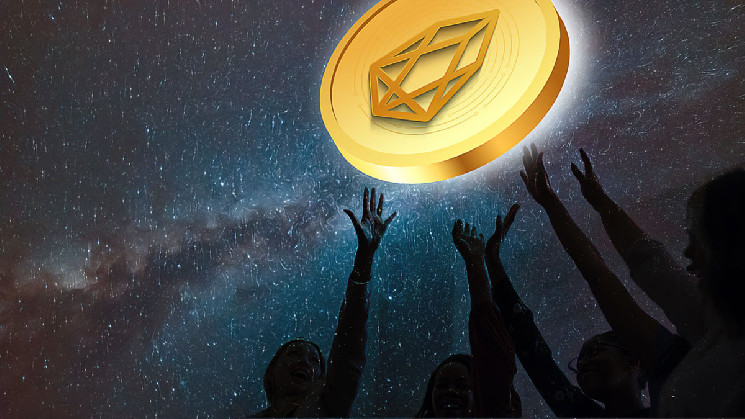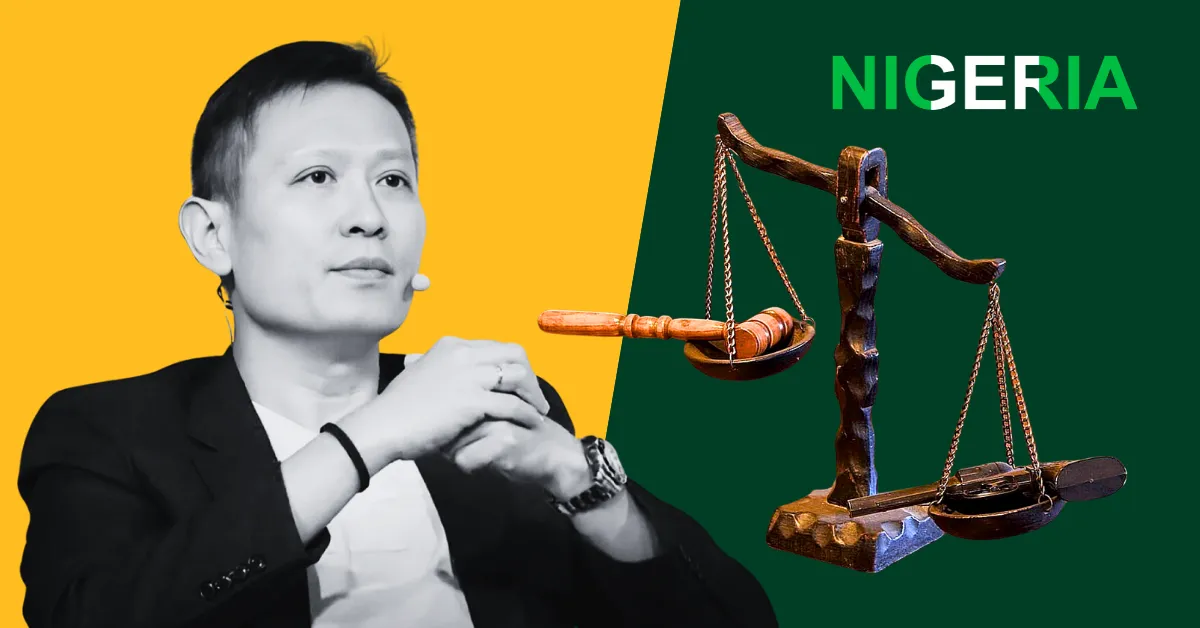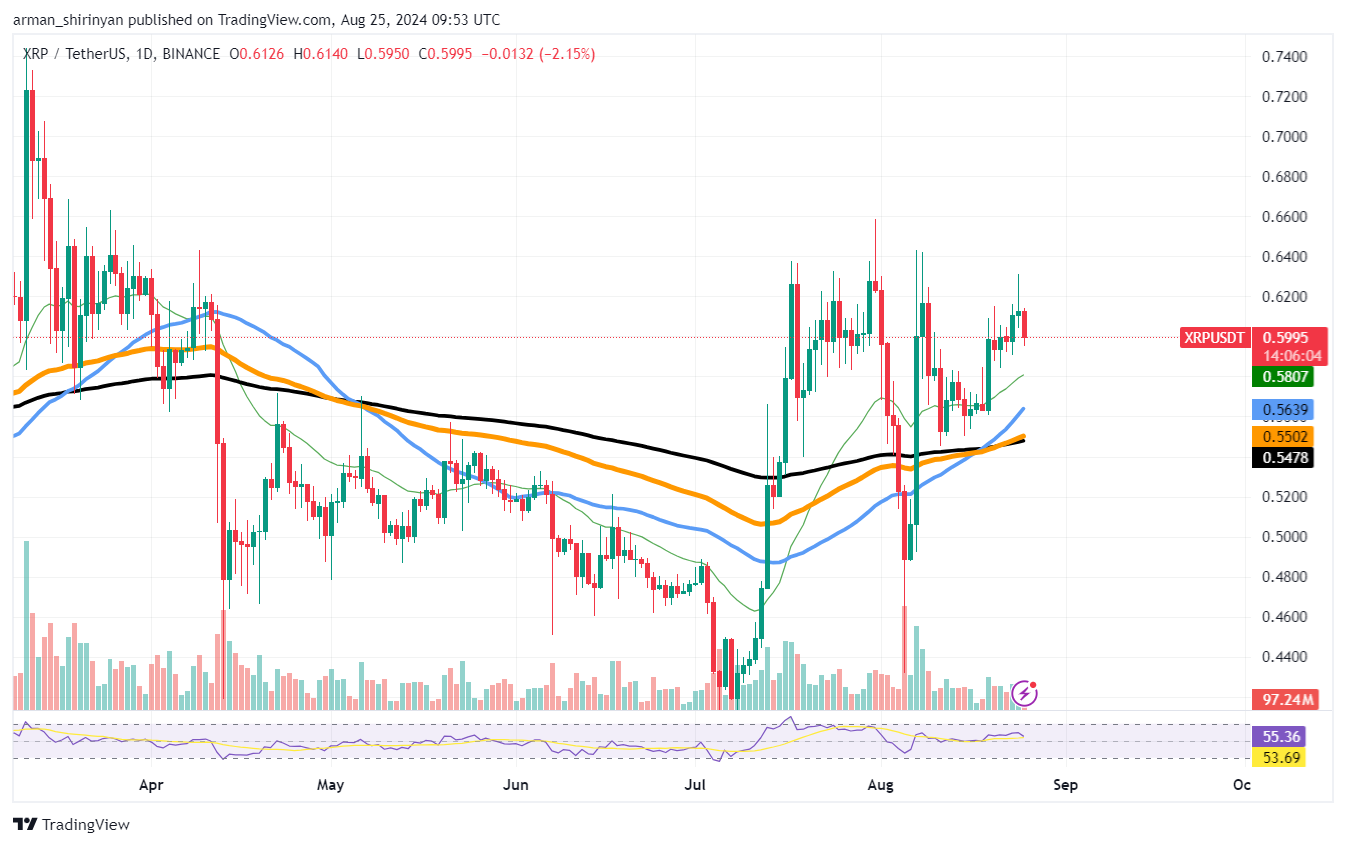The EOS Network Foundation, led by CEO Yves La Rose, has approved a proposal to cap the total supply of EOS coins at 2.1 billion units. This decision is a result of a community-driven effort where block producers agreed to set a fixed supply limit and burn about 80% of the excess coins. The new measure aims to reduce the future emissions from the initially planned 10 billion coins to 2.1 billion.
What Was the Approval Process?
In 2021, the EOS Network Foundation, representing the EOS community, took control from Block.one. A multi-signature proposal to limit the EOS supply was submitted and approved by at least 15 of the 21 EOS block producers. Yves La Rose confirmed the consensus on social media, emphasizing the network’s acceptance of the tokenomics proposal. The initial update is expected in the coming months. Access NEWSLINKER to get the latest technology news.
Currently, EOS has a circulating supply of 1.15 billion coins, accounting for 54% of the planned total supply. An additional 950 million EOS coins will be created to support ecosystem growth, including rewarding stakers and block producers. La Rose highlighted the Foundation’s commitment to the long-term sustainability of the EOS community in his announcement.
How Did the EOS Network Foundation Emerge?
Founded in August 2021 under La Rose’s leadership, the EOS Network Foundation is a non-profit organization dedicated to supporting and developing the network. The Foundation presented a new roadmap for the EOS ecosystem. During its initial coin offering (ICO) from 2017 to 2018, EOS attracted significant attention, raising $4 billion.
Historically, disputes existed between the Foundation and Block.one, with allegations that Block.one did not reinvest substantial ICO funds back into the EOS Network as promised. Under La Rose’s guidance, the Foundation continues to launch initiatives aimed at fostering network growth and addressing community needs.
Practical Inferences for Users
Users can draw several specific and valuable inferences from this development:
- The EOS coin supply limit could potentially lead to increased scarcity and value of existing EOS coins.
- Burning 80% of the excess coins may positively impact the tokenomics, benefiting long-term holders.
- Community-driven governance showcases the importance of decentralized decision-making in blockchain networks.
- Additional minted coins will be used for growth, rewarding active participants, and supporting network operations.
In summary, the EOS Network Foundation’s decision to limit the coin supply marks a significant shift in its tokenomics strategy, aiming to ensure the sustainability and growth of the EOS ecosystem.







